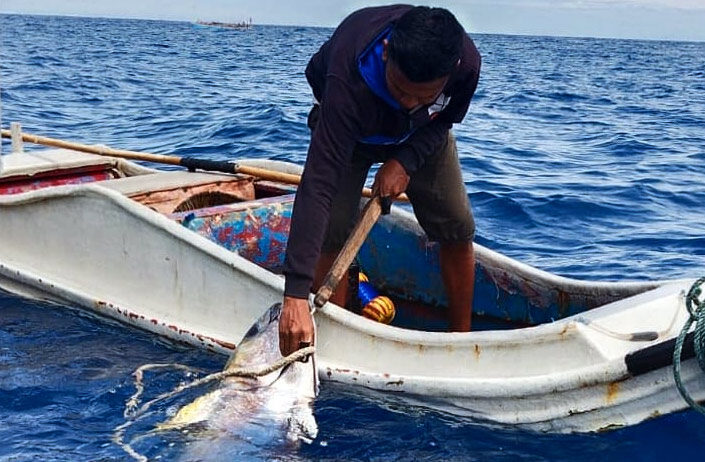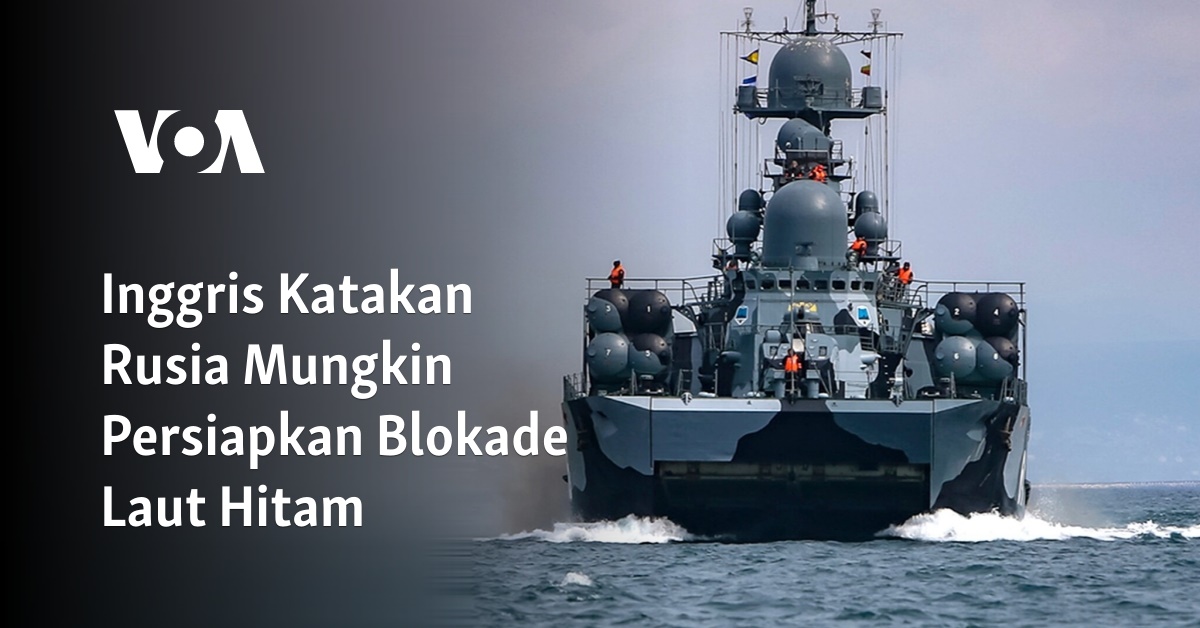
Enik Tamulu, a 48-year-old fisherman, has been catching tuna for over 30 years in Bolaang Mongondow Selatan, Indonesia. Unlike other fishermen who catch various types of fish, Enik exclusively focuses on catching Thaunnus thynnus, commonly known as “cutting fish” among the locals. On a typical day, Enik prepares for his fishing expedition with his wife and loads their gear onto a small boat waiting at the shore.
It takes around five hours to reach the spot where Enik can catch the tuna he is after. During this time, he often meets other fishermen, who exchange information about tuna sightings and weather conditions. Tuna fishing is not an easy task; it takes patience, strength, and careful preparation. Enik still uses traditional fishing techniques that require him to release a nylon line with a hook and a plastic bag containing small fish. The bag will burst at a certain depth, attracting the tuna towards the line. That is when the tuna will bite the hook.
Enik typically spends five days at sea per fishing expedition, during which time he must be prepared for any weather conditions. There have been incidents in which Enik and other fishermen have been lost at sea due to sudden storms and high waves. Thus, Enik has learned to prioritize safety over success, and he only goes out to sea when the weather is favorable.
Enik’s income has been gradually declining as catching tuna has become more challenging due to the decreasing number of fish. This has made it difficult for him to support his family, which has forced his eldest son to drop out of school and become a fisherman himself. Enik’s daughter had to get married immediately following her middle school graduation because the family could not afford to send her to high school. Enik’s story is not unique, as many other tuna fishermen in Bolsel are facing similar challenges due to declining tuna populations and unfavorable weather conditions.

